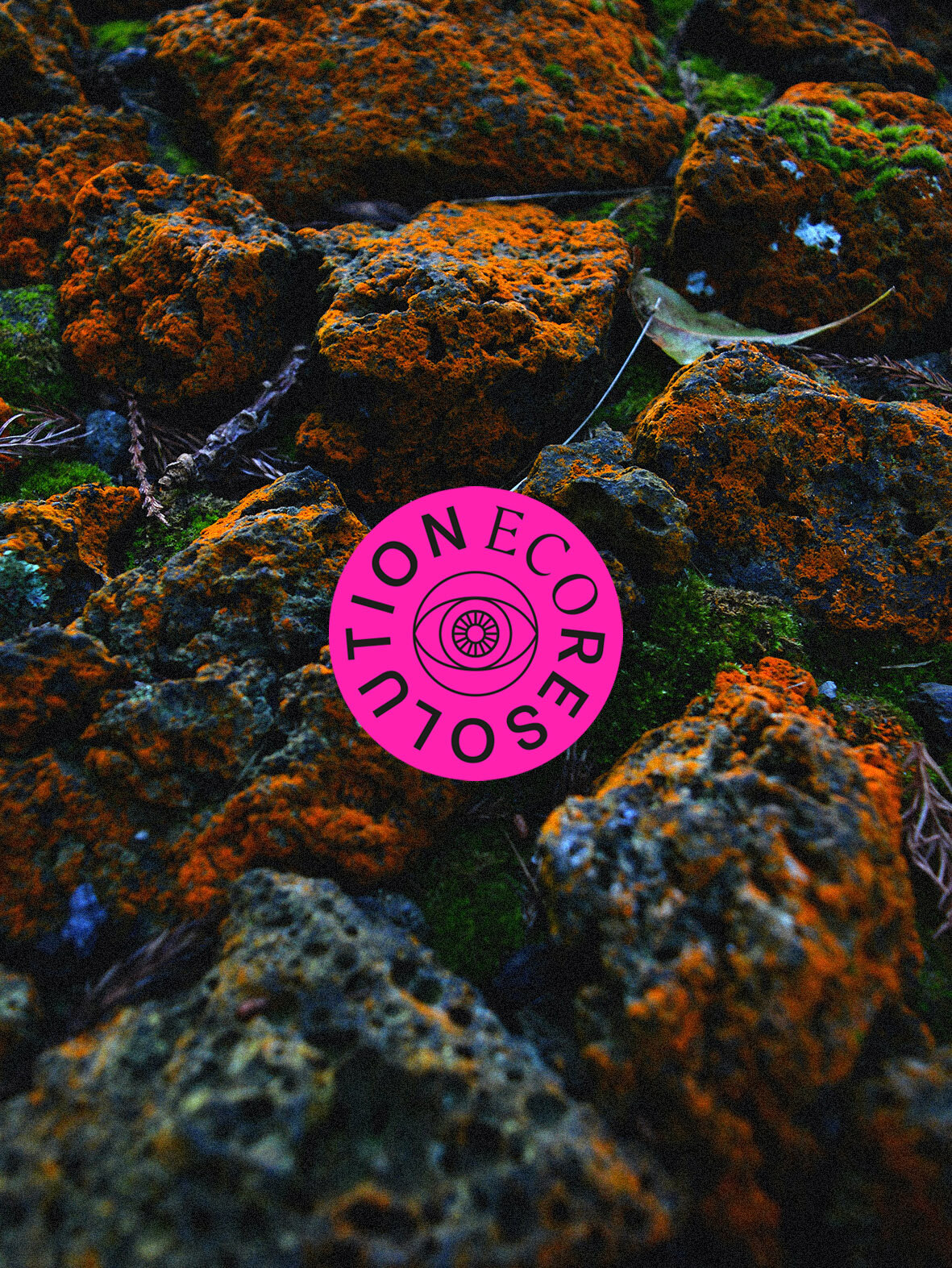Ecosystem Degradation
A well-functioning ecosystem is vital to all life on Earth, regulating our drinking water and carbon levels – when healthy, that is. Plants, trees, seagrass and soil all store carbon, but when they are depleted, carbon is released into the atmosphere rather than remaining stored, causing further degradation. We’re seeing this now, with ecosystems in mortal danger, including oceans, coral reefs, forests, wetlands, deserts, savannahs, freshwaters, farmlands and cities.
If we are to avoid a “runaway climate” situation, in which the knock-on effect of greenhouse gasses and warming global temperatures continue in a feedback mechanism past the point of our ability to stem the tide, emissions must be cut by around half, keeping the rise below 1.5° C max (a generous estimate, say some scientists) or else the crisis will be out of our hands, the imbalances too extreme to steady with human intervention.
The Problem
Solely implementing conservationist practices alone can’t protect us from global ecosystem
collapse. Biodiversity loss is already too severe – the result of human industrial activity. If we don’t act now, we are set to lose 1 million species over the coming decades. This is clear from the state of our oceans: first go the reefs; then the fish (this affecting the fishing community); then the whole global economy—on which we’re helplessly dependent—is impacted.
As well as this, intensive farming and pollution have dangerously degraded soils. Healthy soil grows 95% of our food, but climate change and pesticides have eroded its quality and made it less fertile. This is due to agri-business methods, simply moving elsewhere when a patch of land is ‘used up’, i.e., producing significantly lower yields, rather than regenerate what’s already there, which is less cost-effective. Farming corporations thus commit mass deforestation to clear the way for more crops, and the few remaining healthy wildlands become polluted too.
To make matters worse, when vast tracts of forest are lost, its wild inhabitants are forced into closer contact with human settlements, giving rise to widespread outbreaks of “Zoonotic disease”: viruses such as Covid-19, Ebola, and Bird Flu; now passed between animals and humans at a growing rate.
The Cost
Terrestrial restoration, on a global scale—that’s excluding marine ecosystems—is estimated at an annual $200 billion by 2030. The cost of restoration efforts may be high – but the cost of not acting would be far dearer. Besides, the financial benefits are clear (not that this is the point, but still…): a recent UN report stated that every 1 USD spent on restoration would have a near USD 30 return overall.
Many (in power) point to the booming human population as the sole cause of degradation,
but that is not so. We are able to live sustainably as a population if we only rethink the current globalised system, including our economies, to favour green policies rather than just growth. The never-ending demand for production under consumerism is truly the reason for ceaseless, mindless expanse – both economically and geographically. Our extractive practices are destroying the planet at a pace with which ecosystems cannot recuperate, nor restore themselves unaided in time.
Injustices are evident everywhere: from Indigenous groups, to wildlife, to people in LEDCs (less economically developed countries). Average consumption rates in rich nations are up to 30 times higher than LEDC citizens’, whilst those in the Southern Hemisphere are most often faced with the worst climatological fallout, as well as threats to their native lands from foreign corporate interests. Communities living on around 2 billion hectares of compromised land are some of the world’s poorest and worst marginalised.
Carrying on as we are now, humanity requires 1.6 Earths to live, feed ourselves, and grow our economy . But we only have the one. So, we need to change. And the good news? That’s very possible.
The Solution
Ecosystem restoration is a plan to efficiently provide social and economic benefits alongside the obvious ecological ones. Agroforestry, for example, could improve food security for 1.3 billion people. Investment in sustainable farming practices , as well as mangrove protection better water-management, rewilding nature , and the greening of urban spaces, to name a few, could produce returns that far outweigh original investment. In reversing the degradation of both land and sea, we can save 1 million endangered
species. Many scientists claim that restoring just 15% of priority ecosystems could cut potential extinctions up to 60%.
Achievable policies that halt and indeed reverse the degradation of our ecosystems are central to reaching the goals set out by the 2015 Paris Agreement, which aims to keep warming below 1.5° C.
The way to do this goes beyond betting on technological advancements arriving in time to capture carbon and save the day. Restoration efforts, alongside decarbonising national and global economies, must be prioritised – together with preventative measures.
A healthy ecosystem is the source of all life and has the means to sustain our population going forward, if we only return the favour. To combat the tragic degradation of our environment and all the domino-like effects this is having, regenerative actions will be key. Restoration can enable the well-being of both people and planet.





